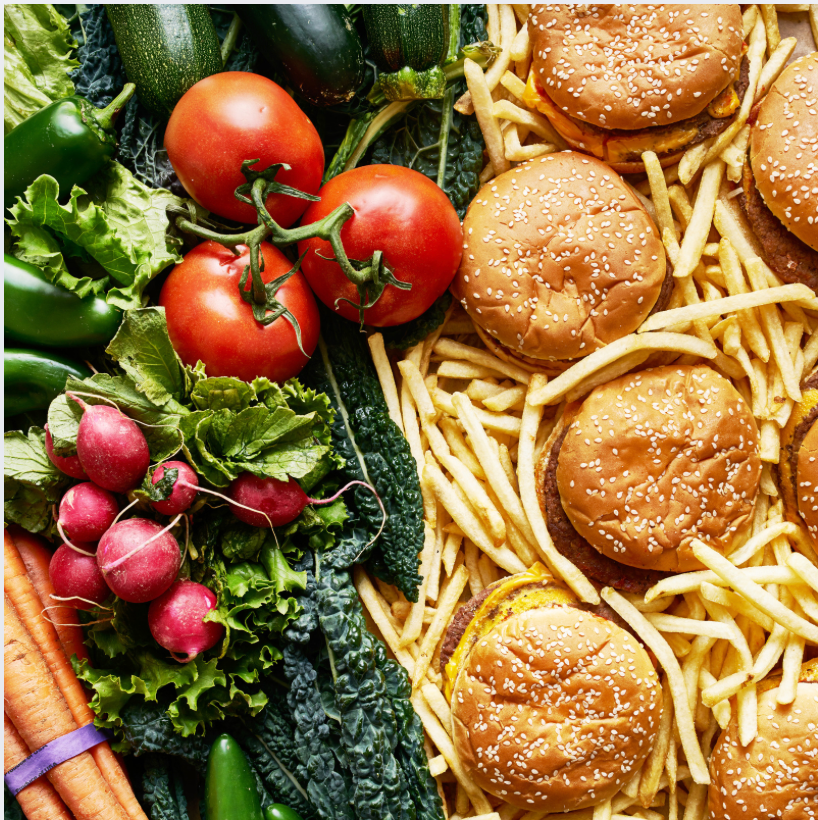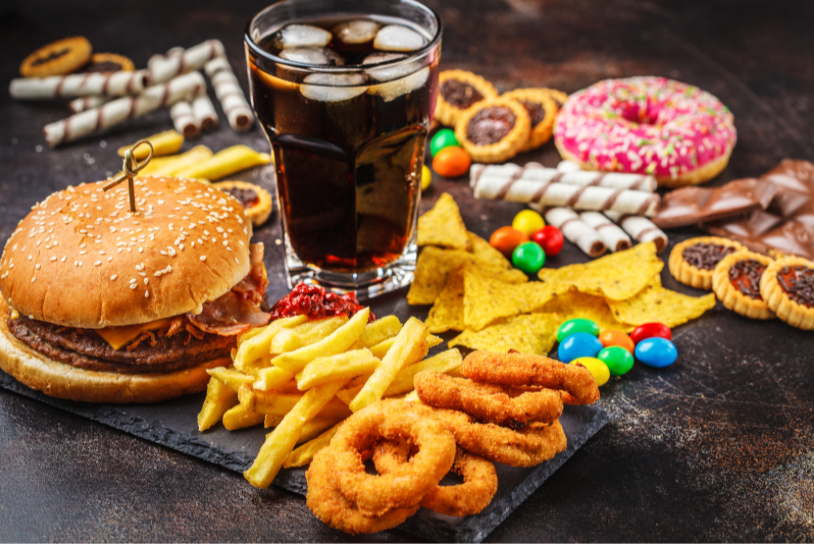Why Are Toxic Ingredients in U.S. Foods Banned Elsewhere? A Shocking Comparison
- Corey Tess | Core Consulting

- Jan 18
- 3 min read
I remember traveling to Canada as a kid, specifically Montreal to visit family and my grandma would take my sister and I to the market for pizza and other foods while my grandpa would take us to the store to buy candy and sneak it into the movie theaters. He'd also leave candy on our pillows for when we arrived to our room for a visit. The food and candy always tasted different there - slightly fresher, and just better. Even as a kid my taste buds recognized the difference, but the truth would be hard to swallow - pun intended.
Ever wondered why certain foods taste different when you travel abroad? It’s not just about the culinary traditions—it often boils down to the ingredients. Shockingly (or maybe it's not that shocking, sadly), many popular food items sold in the United States contain harmful additives like artificial dyes, soybean oil, and even carcinogens that are banned in other countries. This blog post will expose some of these toxic ingredients, explore their safer international alternatives, and explain why it’s crucial to read food labels for your health.
1. Artificial Dyes (Red 40, Yellow 5, and Blue 1)
Note: Two weeks after this blog was written, Red Dye No. 3 was officially banned in the U.S. Woohoo! However, the ban will allow companies until January 2027 to change the formulas of their food so it's still important to be mindful as that is 2 years away!
Where they’re found: Cereals, candies, sodas, and even some baked goods.
Why they’re harmful: Artificial dyes have been linked to hyperactivity in children, allergic reactions, and even cancer in animal studies.
What other countries do: In the European Union, products containing artificial dyes must
include a warning label, prompting many companies to switch to natural alternatives like beet juice, turmeric, and spirulina.
Ingredient count comparison: U.S. versions of candies like Skittles contain over 20 ingredients, while EU versions often have fewer than 10.

2. Brominated Vegetable Oil (BVO)
Where it’s found: Citrus-flavored sodas like Mountain Dew.
Why it’s harmful: BVO contains bromine, a chemical also found in flame retardants. It has been linked to memory loss, skin irritation, and organ damage.
What other countries do: Japan and the EU have banned BVO outright. Companies often use natural emulsifiers or reformulate the drinks without it.
Ingredient count comparison: Mountain Dew in the U.S. has around 15 ingredients, while Japanese equivalents use only 8.

3. Partially Hydrogenated Oils (Trans Fats)
Where they’re found: Frozen pizzas, margarine, and baked goods.
Why they’re harmful: Trans fats are linked to heart disease, stroke, and diabetes.
What other countries do: Denmark was the first country to ban trans fats in 2003. Other nations like Canada and Switzerland have strict regulations limiting their use.
Ingredient count comparison: U.S. frozen pizzas often have 20+ ingredients, while Danish equivalents use around 12 with healthier oils.

4. Potassium Bromate
Where it’s found: Breads and baked goods.
Why they’re harmful: Potassium bromate has been classified as a possible human carcinogen and is banned in the EU, Canada, and China.
What other countries do: Safer alternatives like ascorbic acid (vitamin C) are used to achieve the same bread texture.
Ingredient count comparison: U.S. bread with potassium bromate may have 15+ ingredients, while EU breads often contain under 10.

5. High-Fructose Corn Syrup (HFCS)
Where it’s found: Sodas, snacks, and condiments.
Why they’re harmful: HFCS contributes to obesity, diabetes, and fatty liver disease.
What other countries do: Many countries, like Mexico, use cane sugar instead. It’s a cleaner, less processed alternative.
Ingredient count comparison: U.S. sodas often contain HFCS and 5+ preservatives, while Mexican sodas list fewer than 5 total ingredients.

The Bigger Picture: Weak U.S. Food Regulations
The United States operates under a patchwork of food safety laws that often prioritize corporate profits over consumer health. The Food and Drug Administration (FDA) allows many additives deemed unsafe in other countries. In contrast, the EU follows the precautionary principle, banning substances until they’re proven safe.
Why You Should Read Labels
Empowerment: Knowing what’s in your food helps you make informed choices.
Avoid Health Risks: Many harmful ingredients are hidden in everyday products.
Support Better Practices: Demand cleaner, safer foods by voting with your wallet.
Tips for Healthier Choices:
Shop for organic or non-GMO products.
Avoid processed foods with long ingredient lists.
Look for labels like “No Artificial Colors” or “Made with Cane Sugar.”
Conclusion
It’s alarming how many harmful ingredients make their way into U.S. foods—ingredients banned or heavily restricted elsewhere. By staying informed and reading labels, you can protect your health and advocate for a safer food system. Share this blog post to spread awareness and help others make better choices for their well-being.







Comments